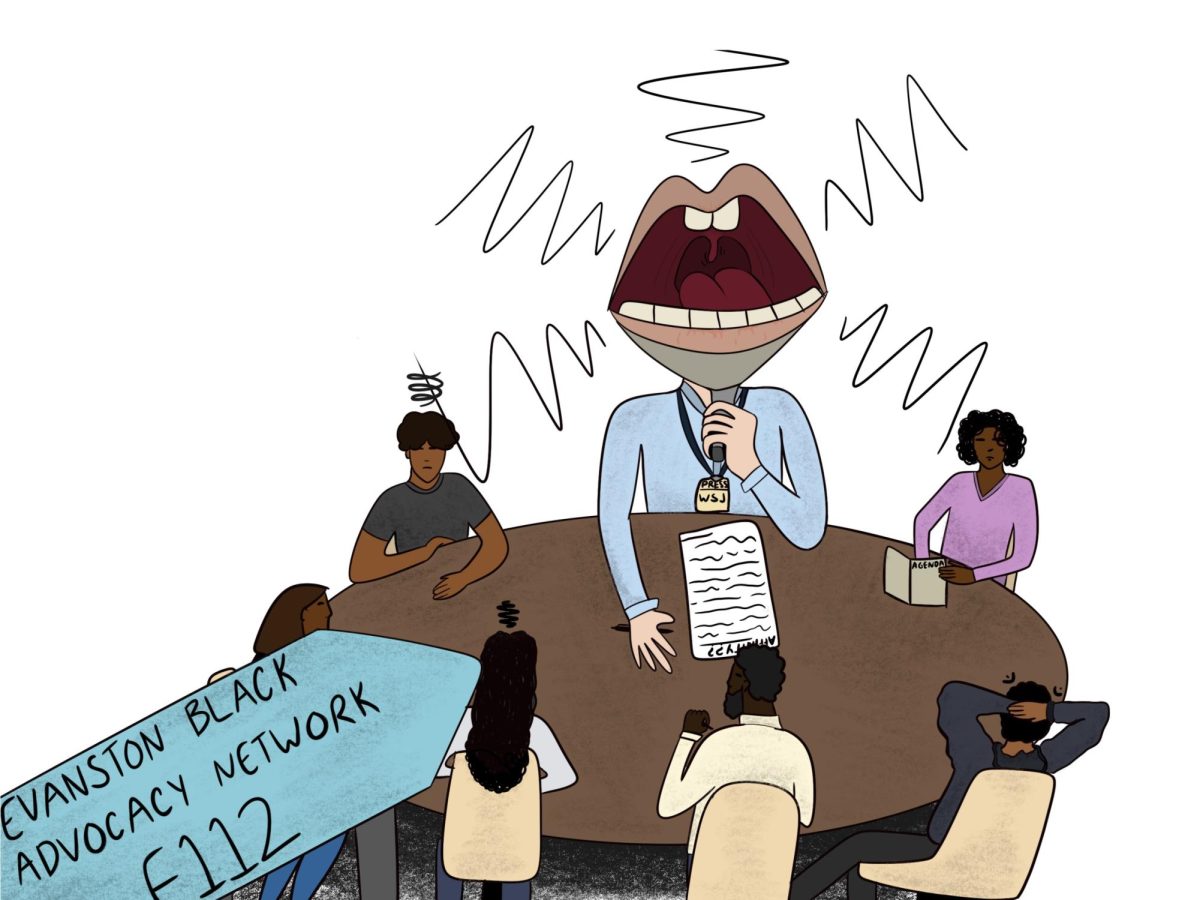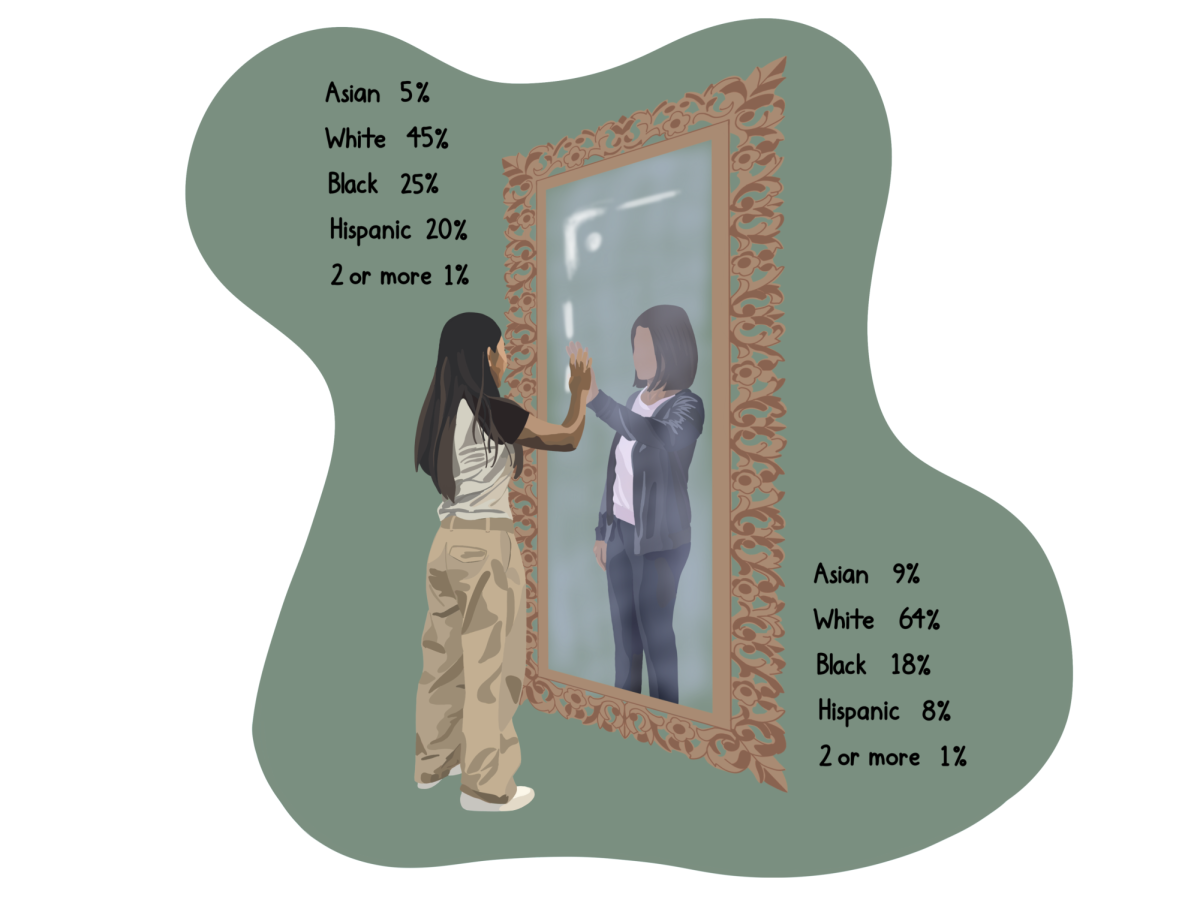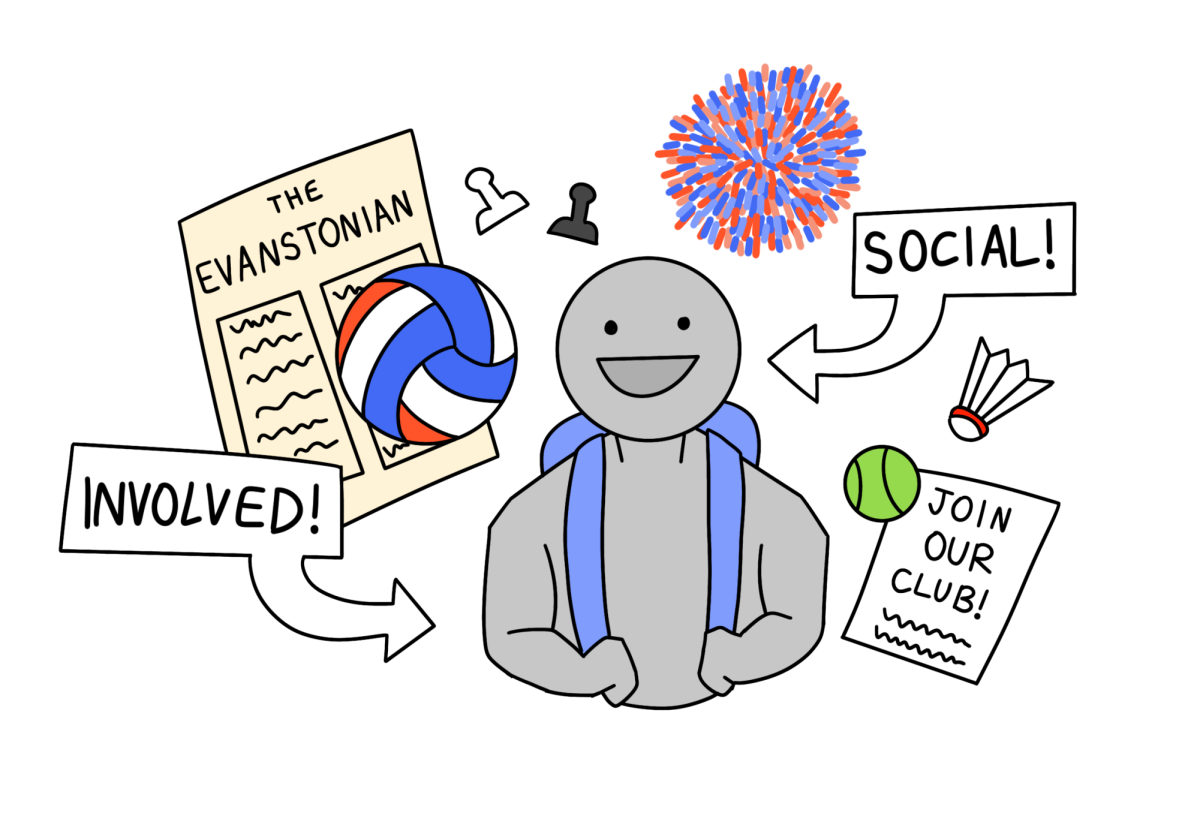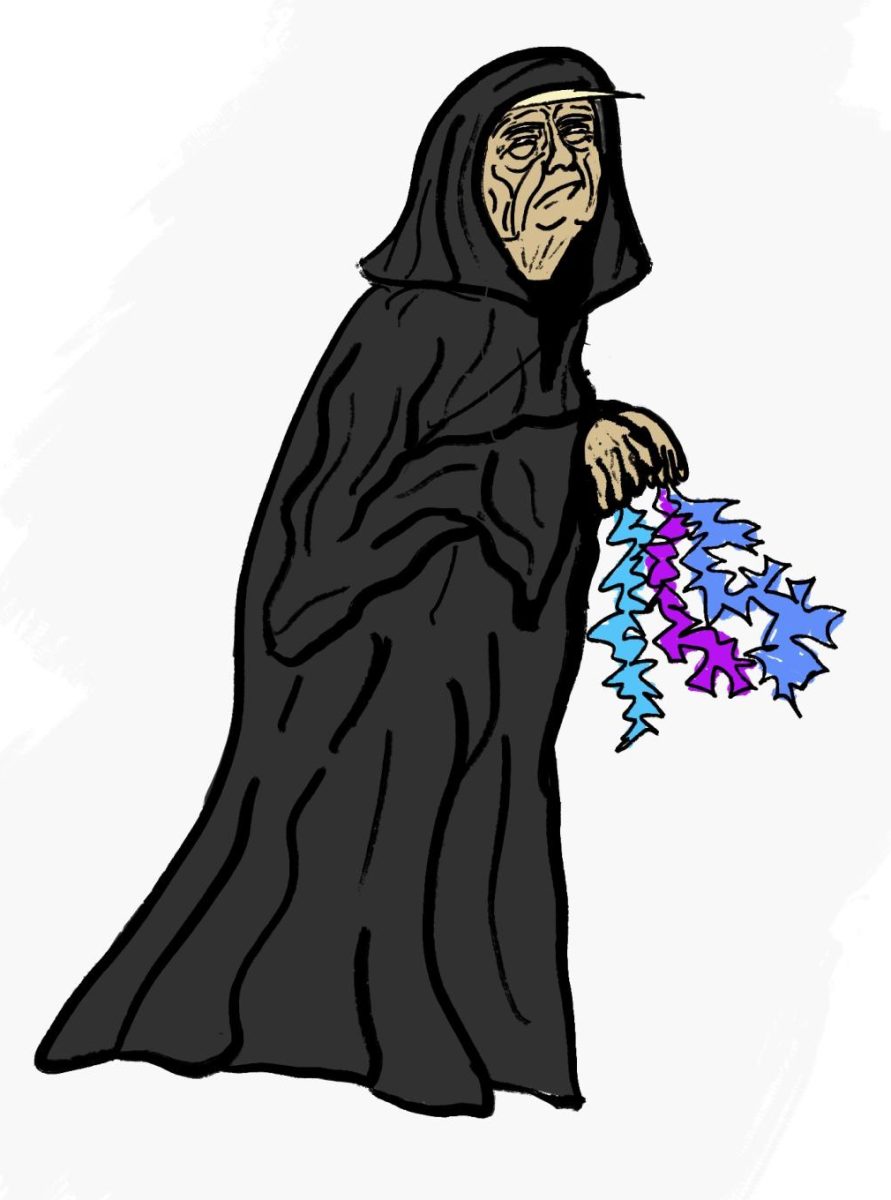“Progressives return to the days of separate but equal.”
That was the headline for a May 12 editorial by the Wall Street Journal—the progressives being ETHS, and ‘the return to the days of separate but equal’ referring to the school’s AXLE and GANAS affinity classes. These classes, math and English affinity spaces for either Black or Latinx students, were developed in an effort to relieve performance anxiety for students of color in predominately-white spaces. To the Wall Street Journal, however, the decades of research and countless hours of time that went into developing these classes was just another attempt at systematic oppression.
Right after publishing that editorial, and consequently putting heat on the school for their equity work, reporters from the publication would go on to attempt to write about the school’s affinity model, but found trouble in getting people from the school community to talk with them. On Nov. 26, months of reporting culminated in an article entitled, “To Shrink Learning Gap, This District Offers Classes Separated By Race.”
Included in the story was the perspective of Max Eden, a conservative-learning researcher, Dena Luna, an administrator for Minneapolis Public Schools and Christopher Chatmon, a program manager in Oakland, but missing from the story was the perspective of any administrator, teacher or student at ETHS – except when pulling quotes from school board meetings, or even the Evanstonian. Included in the story was the mention of how a Wall Street Journal reporter was asked to leave a public meeting for Black parents at ETHS, but missing from the story was the detail that the reporter had first attempted to take over said meeting. Included in the story were the statistics on a Black-achievement initiative in Minneapolis, but missing from the story was any context on the successes of ETHS’ classes. Fundamentally, not one person interviewed had any knowledge on the work that our high school does, which resulted in an inaccurate, ill-reported story.
But the article did far more than just misinform the public. Following the article’s release, more and more national news coverage was placed on these classes, spurring a continuous cycle of dangerous misinformation and harmful comment sections across the internet that moved increasingly to more biased, dangerous outlets.
Even locally, social media platforms saw the rise of discussion on these courses; despite the fact that these programs have been around for years, operating successfully, it was only now that the classes were under the spotlight. The purpose of the story was never to inform the public on ETHS’ approach to the opportunity gap, but, rather, to garner clicks and engagement, stoking the flames of a topic that WSJ editors knew would rattle their base.
As the only publication that was granted interviews on this topic, The Evanstonian feels grateful that the article we published was able to center the experience of students in our story, ‘Seeking Affinity.’ But, The Evanstonian also feels shame in knowing that our story, which seeks to reframe the conversation that the Wall Street Journal had started, was hyperlinked in a story and used to support a story that actively does damage to the school’s equity work.
Recently, in 2021, the Illinois state legislature passed Public Act 102-0055, mandating a unit instruction in media literacy. The Wall Street Journal’s ill-intentioned reporting uncovers the importance of media literacy, serving as a reminder that even broadly-respected publications can not only miss the mark with their own reporting, but do even more damage as they contribute to an internet culture that thrives on outrage an






